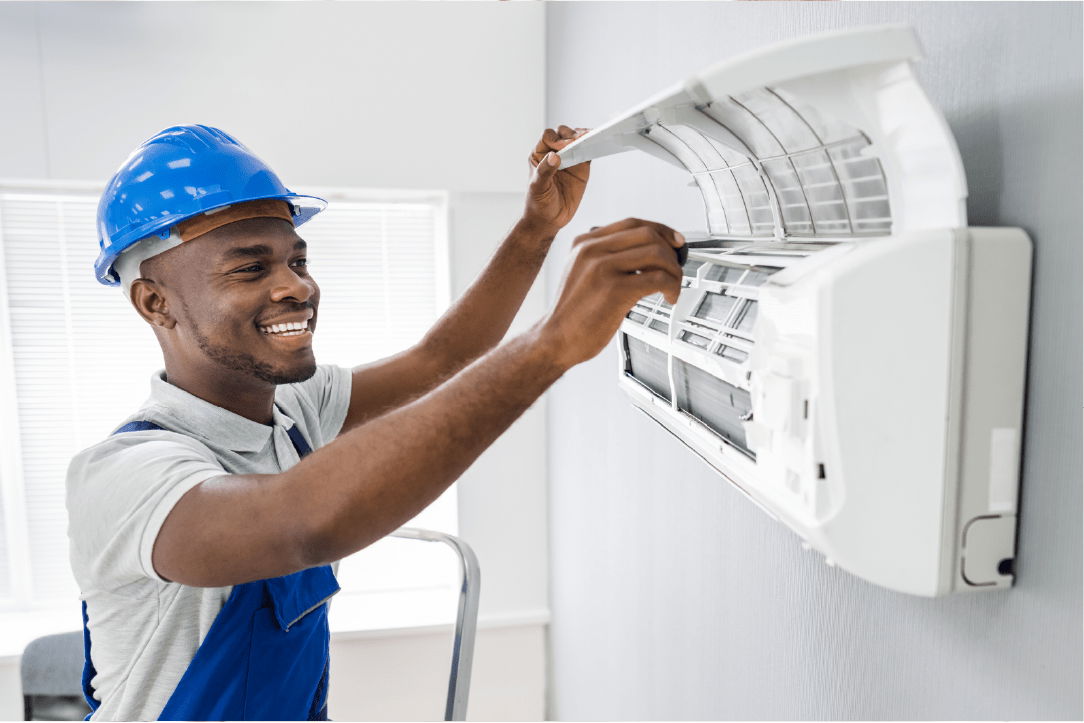Unleash the Power of a Heat Recovery Ventilation Unit!

Introduction to Home Comfort and Energy Efficiency
Achieving a cozy and energy-efficient home is a top priority for many homeowners. The heat recovery ventilation unit (HRV) plays a crucial role in achieving both by ensuring optimal indoor air quality while minimizing energy consumption.
Understanding the Importance of Indoor Air Quality
Indoor air quality has a significant impact on our health and well-being. Poor air quality can lead to respiratory issues, allergies, and discomfort. Proper ventilation, provided by HRV systems, helps maintain fresh, clean air in indoor spaces.
Introducing the Heat Recovery Ventilation Unit (HRV)
The heat recovery ventilation unit (HRV) is a sophisticated ventilation system designed to provide continuous fresh air while recovering heat from outgoing air. This innovative technology ensures comfort and energy efficiency in your home.
How HRV Enhances Comfort and Saves Energy
Heat Exchange Process
HRV systems recover heat from outgoing air and use it to preheat incoming fresh air, minimizing energy loss and reducing heating costs.
Continuous Fresh Air Circulation
HRV systems maintain a constant flow of fresh, filtered air throughout your home, ensuring optimal indoor air quality and comfort for occupants.
Energy Recovery
By recovering heat from outgoing air, HRV systems help maintain a consistent indoor temperature, reducing the need for additional heating or cooling and saving energy.
Advantages of HRV for Home Comfort and Energy Efficiency
Consistent Indoor Temperature
HRV systems help maintain a comfortable and consistent indoor temperature year-round, ensuring a cozy living environment for occupants.
Reduced Heating and Cooling Costs
By recovering heat from outgoing air and minimizing energy loss, HRV systems help reduce heating and cooling costs, resulting in significant long-term savings for homeowners.
Improved Indoor Air Quality
HRV systems continuously supply fresh, filtered air and remove pollutants and allergens, creating a healthier and more comfortable living environment for occupants.
Factors to Consider When Installing an HRV Unit
When installing an HRV unit in your home, factors such as system size, efficiency ratings, and compatibility with existing HVAC systems should be taken into account. Consulting with HVAC professionals can help determine the best solution for your specific needs.
Installation Process: Step-by-Step Guide to Enhancing Comfort
The installation of an HRV unit involves assessing your home's layout, selecting the appropriate unit size, and positioning the unit in a central location. Professional installation ensures optimal performance and compliance with building codes and regulations.
Maintenance Tips for Long-term Performance and Efficiency
To ensure the longevity and efficiency of your HRV system, regular maintenance is essential. This includes cleaning or replacing filters, inspecting ductwork for leaks or obstructions, and scheduling professional inspections as needed.
Real-life Examples of Comfort and Energy Savings with HRV
Many homeowners have experienced the benefits of HRV systems firsthand. From enhanced comfort to significant energy savings, these systems have transformed living environments and improved the quality of life for occupants.
Future Innovations: Advancements in HRV Technology
As technology continues to evolve, the future of HRV systems looks promising. Innovations such as smart integration, advanced sensors, and real-time monitoring are set to further enhance the efficiency and effectiveness of HRV systems.
Conclusion
In conclusion, a heat recovery ventilation unit (HRV) is a valuable addition to any home, offering enhanced comfort, energy efficiency, and indoor air quality. By providing continuous fresh air and recovering heat from outgoing air, HRV systems create a cozy and healthy living environment for occupants.
